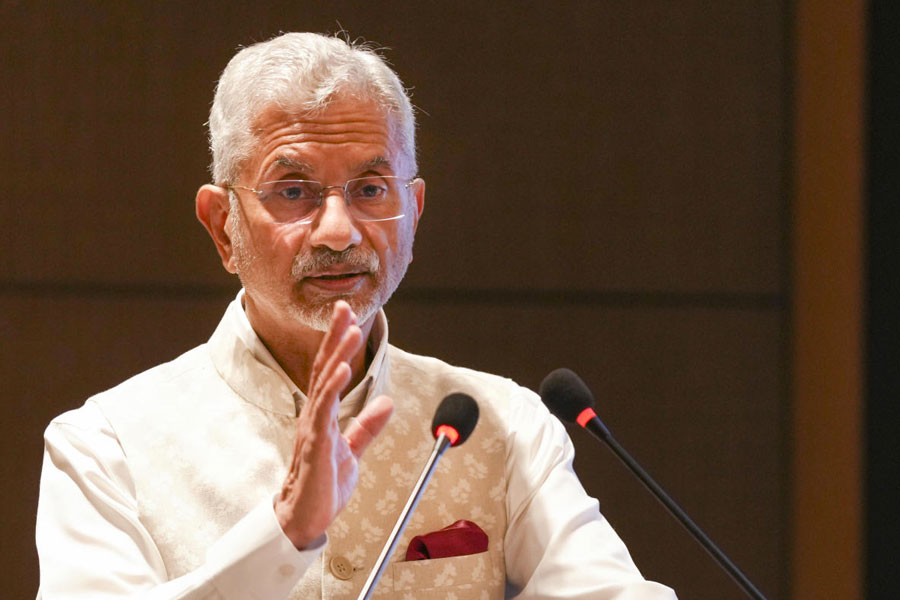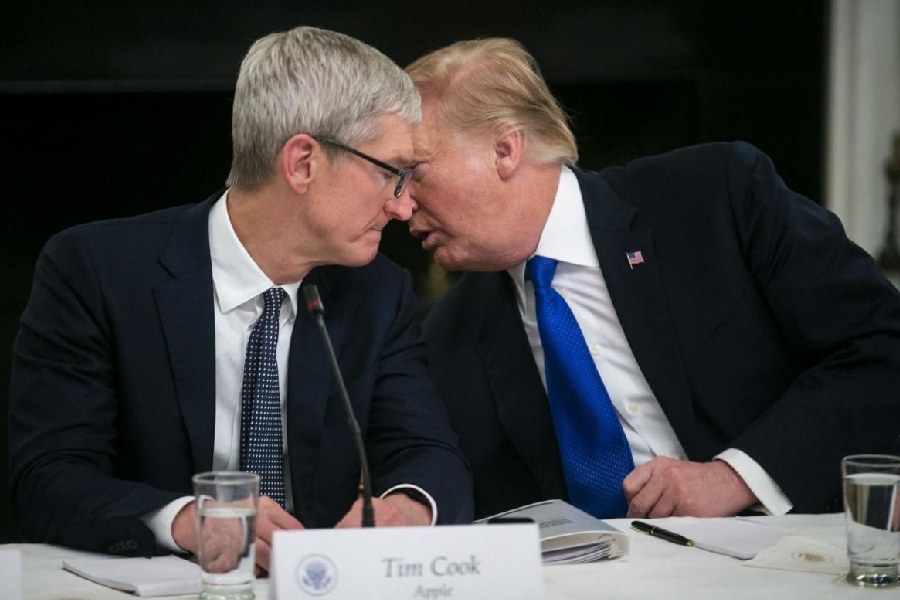 |
Calcutta, July 30: The Italian photographer, Antonio Martinelli, had in the year 2000 held an exhibition at the Victoria Memorial Hall of his photographs, juxtaposed with aquatints by the uncle-nephew duo of Thomas (1749-1840) and William (1769-1837) Daniell.
Martinelli clicked his photographs after revisiting, almost 200 years later, the precise locations in India’s north, south and west that had been captured in the Daniells’ exotic landscapes and antiquities in their oil paintings and popular series of 144 aquatints.
Convinced of “the authenticity and of the documentary rigour of the Daniells”, Martinelli undertook the project to produce a “visual equivalent” to the Daniells’ works, for which they had used the contraption camera obscura to obtain exact perspective control.
When the photographs and the aquatints were placed side by side, the resemblance between the views taken with a camera and those painted with a brush was striking despite the passage of time.
This is not surprising because, like many of their contemporary European artists who visited India in the 18th and 19th centuries, one of the Daniells’ prime objectives was to reproduce for people back home the frisson and excitement of the Indian experience.
Concurrently, anonymous Indian artists, many trained in the miniature tradition, began to cater to the demands of British patrons, who were deeply interested in their own lifestyle and in the scenes and features of Indian life as well.
These were “picture postcards” — vignettes that could communicate the experience of living in this alien land. These have not lost any of their immediacy for they documented contemporary social mores, customs, professions and costumes with an eye for detail.
Digitised images of this vast repository of about 30,000 paintings and prints on paper, canvas, mica and ivory, to be found among the collections of institutions in India and the UK, will in the near future be available on websites and for scholars anywhere in higher resolutions. This is one of the outcomes of a memorandum of understanding on cultural co-operation that India and the UK signed in Delhi last evening.
Culture secretary Jawahar Sircar said that in India alone, there were 10,000 to 12,000 works of this category, including those in museums and private collections. He used the blanket term “Company Paintings” for these works of a diverse nature.
The National Gallery of Modern Art has about 2,000 of them and the biggest collection — 5,300 works — is with the Victoria Memorial Hall. Through cent per cent digitisation and documentation of these works, a data pool will be created into which scholars can dip without budging from their workstations.
The three British institutions — the British Museum, Victoria & Albert Museum, and the British Library — have already accomplished partial digitisation of their collections to website specifications: 250 to 350 dots per inch (DPI).
This does not offer the exactitude necessary for research workers, for which 1,300 DPI is imperative. Both sides will now have to come to an agreement on exact specifications for website uploading and scholarly pursuits. The cost will not be much, just about £6 per detailed scan, Sircar said.
Duplicates must be weeded out and material already digitised will have to be identified. Archival-quality, high-resolution digitisation of all images will be necessary and cost-sharing will have to be worked out, Sircar said.
Operational vehicles will have to be decided and keywords will have to be punched in. Each work will come with about 20 keywords, so that when a researcher runs through a set of keywords he will have before him a dozen views of the Taj Mahal, for example.
“This will give a clear idea of what this monument looked like in a certain decade. Besides, photographs in the early days were monochrome. The Company Paintings are a valuable document of the actual colours of whatever they recorded,” Sircar said.
Once a working model and basi










